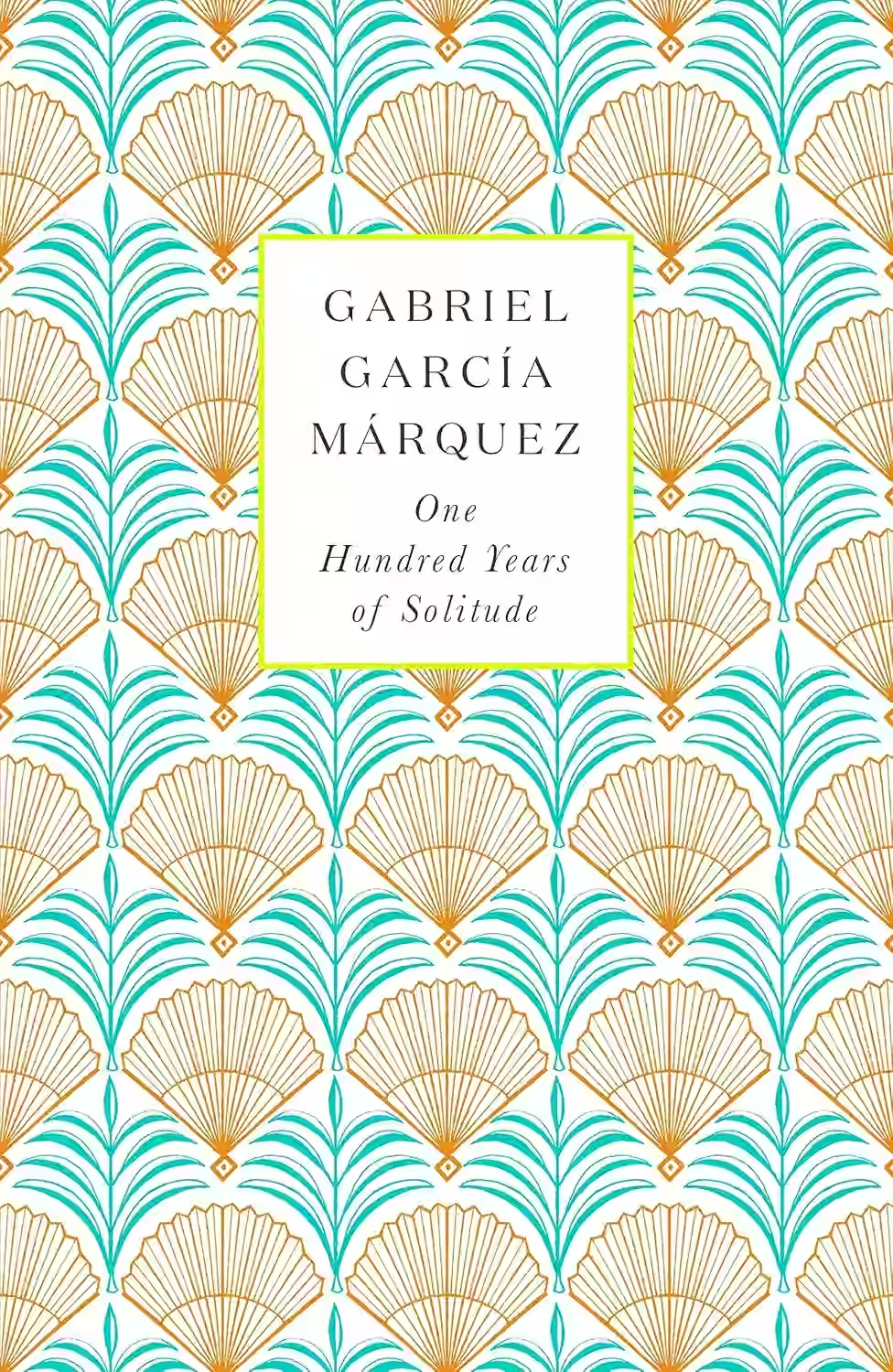Gabriel García Márquez
A master of magical realism, Gabriel García Márquez wove together fantastical elements with vivid portrayals of Latin American history and culture. His epic novel, One Hundred Years of Solitude, is a landmark of world literature, exploring themes of love, loss, family, and the cyclical nature of history. Márquez's rich storytelling and lyrical prose earned him the Nobel Prize in Literature and established him as a literary giant.

This masterpiece of magical realism chronicles seven generations of the Buend’a family in the mythical town of Macondo. From its founding through its apocalyptic end, the story weaves together the fantastical and the historical, following characters who are haunted by ghosts, blessed with supernatural powers, and caught in cycles of love, war, and solitude. The novel explores themes of time, memory, and the cyclical nature of history.

This sweeping novel tells the story of Florentino Ariza and Fermina Daza, whose love endures decades of separation, marriages, and aging. Set in a Caribbean port city, the novel explores love in its many forms—romantic, obsessive, practical, and enduring—against a backdrop of cholera epidemics and social change. Márquez’s lush prose and magical realism illuminate the psychological complexities of love, aging, and time. Deeply philosophical yet sensuous, the novel questions whether love can truly last a lifetime—or even grow stronger with time. It’s a richly poetic meditation on devotion, human frailty, and the romantic ideals we cling to.